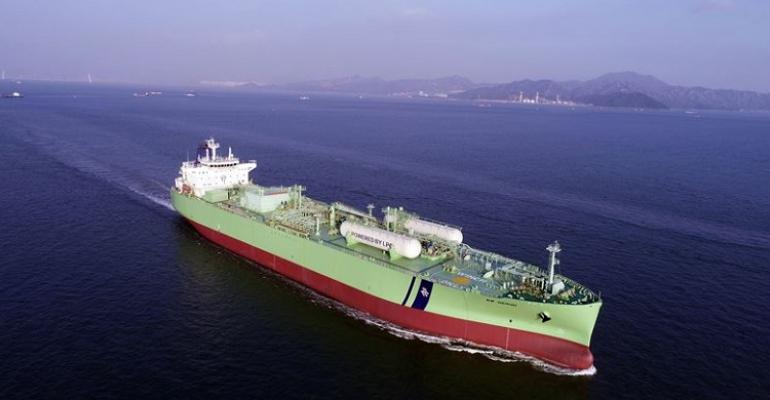The fundamentals were laid bare by Aman Sud, Drewry’s Lead Analyst, Gas shipping, during a webinar last week. He said that LPG owners were enjoying very profitable short-term rates that could rise from about $200,000 a day at present on some key routes to more than $300,000 before the year-end.
Russia’s war is one of the key reasons for the high rates that are prevailing in the sector. Traditional overland supplies have been largely replaced by imports from the US where LPG production, together with LNG output, is rising fast. Between January and October, US imports to Europe rose to 6.1m tonnes from 4m tonnes over the whole of 2021. So, although European imports are slightly down this year in overall terms, a significant volume of it now arrives by ship, creating new tonne-mile and ship demand.
With LPG prices remaining high during July, August and September, the stock-building that usually takes place over these summer months in Europe was delayed. Lower imports in the third quarter have therefore created additional demand in the remaining weeks of the year as countries scramble to fill up LPG stocks.
Meanwhile, port congestion is soaking up a significant volume of tonnage. Serious congestion at import terminals in India and China is reducing tonnage supply in the eastern hemisphere while major delays at the Panama Canal are also having a major impact. According to the Drewry analyst, northbound delays for large vessels last week were running at 23 days; 14 days for southbound transits. And the position for LPG tanker owners is made worse by the fact that bookings can only be made up to 14 days in advance.
Preference is being given, he said, to LNG carriers and container ships. This is one factor that has led to some owners re-routing vessels around the Cape of Good Hope, creating another boost to tonne-miles and limiting tonnage supply.
The outlook, according to Sud, is less certain, with 45 new very large gas carriers scheduled for delivery in 2023. Although the new trade between the US and Europe is expected to continue rising, absorbing this volume of new capacity will prove challenging and is likely to result in a weakening market.
Other factors that could result in a softer backdrop include the post-pandemic slowdown in some regions, Iran sanctions, further geopolitical tensions, weak petrochemical margins, and the impact of IMO’s carbon intensity regulations on older LPG carriers.
Copyright © 2024. All rights reserved. Seatrade, a trading name of Informa Markets (UK) Limited.
Add Seatrade Maritime News to your Google News feed.  |

